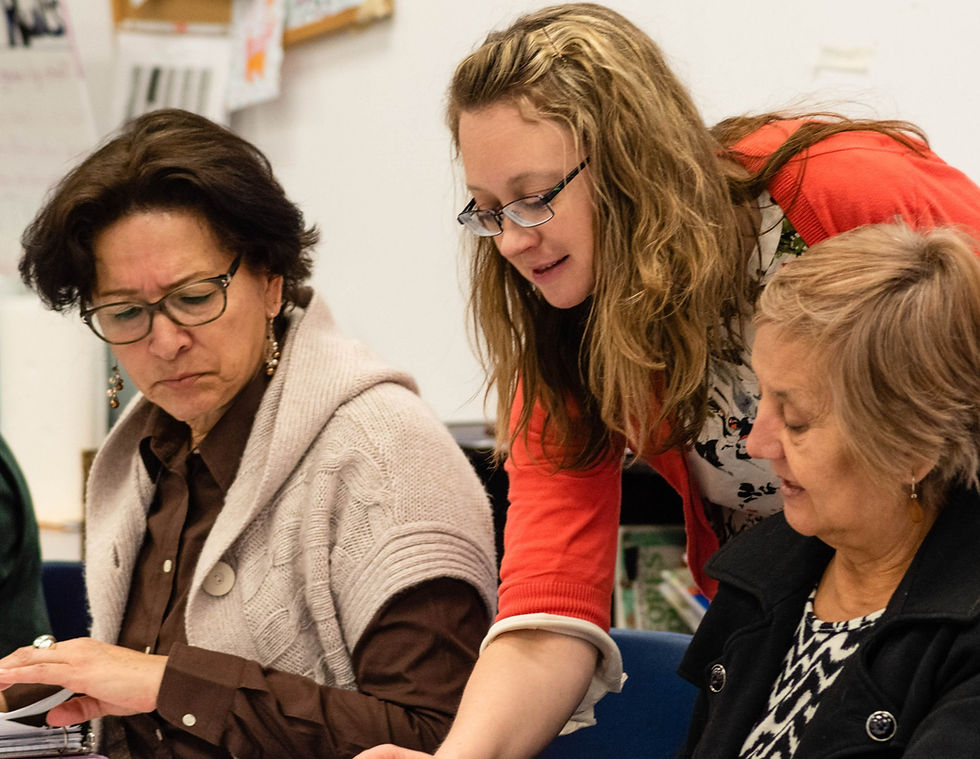Teaching Tip - Multilevel Classes - Beyond Learning Styles: Creating Enriched Environments for Long-term Retention
- Jessica Hercules
- Aug 19, 2024
- 3 min read
All classrooms consist of students with varying levels of knowledge, skills, and learning preferences. This multilevel nature brings both challenges and opportunities for educators. To effectively engage all learners, it's essential to move beyond traditional notions of learning styles and embrace a more holistic approach grounded in brain-based learning theory. This blog explores how creating enriched learning environments can address the needs of multilevel classrooms, providing varied and meaningful ways for students to connect with new content.

Classes can be designed to accommodate different learning styles, ensuring that all participants feel comfortable and engaged. You've likely heard about the importance of addressing learners' diverse needs, often discussed in the context of multiple intelligences or learning styles. The following infographic (or something similar) is often used to illustrate these concepts, providing a useful reminder for educators to vary their teaching methods.
While these models encourage diversity in learning activities, they are not always grounded in brain-based learning theory. However, teachers can still create variety in their methods based on scientific understanding of how learning occurs. To support all learners, educators should focus on creating enriched environments that offer multiple types of input. Such environments enable students to interact with new information in various ways, facilitating connections with what they already know. This process is crucial for long-term retention and solidifying new knowledge.
"Regardless of how many intelligences or learning styles a teacher addresses, if they do not connect the new information to something the learner already knows, no learning can take place. Creating an enriched environment makes it more likely this will happen." — Friederichs, A., How the Adult Brain Learns: The Importance of Creating Enriched Environments When Teaching.

Teaching to Multiple Intelligences
A teacher using the multiple intelligences approach might present a brief lesson and then provide activities that cater to different learning styles. For example, in a unit about places in the community, the teacher might have students match pictures of community locations with word cards, which appeals to visual learners. Another activity could involve singing a song about these places, benefiting musical learners. This approach touches on a couple of areas within the multiple intelligences framework.
Creating an Enriched Environment
An enriched environment offers a broader range of activities, allowing students to engage with the content in diverse ways. For a lesson on community places, this could include:
An outdoor photo scavenger hunt to find local spots, followed by class presentations.
An internet search for community places near the student's home or workplace.
A matching activity with pictures and word cards.
Listening to or singing a song about community places.
Speaking with a community member to get recommendations for various activities.
Reading a story about someone visiting different community locations.
The activities chosen should be tailored to the students' abilities, interests, and available classroom resources.
Conclusion
Creating an enriched learning environment provides students with more opportunities to commit new information to long-term memory. It also empowers learners by giving them more control over their learning process and helps them connect new information to prior knowledge, which is particularly crucial for adult learners.
For further reading about creating enriched environments for adult learners, check out the following resources:
Read
How the Adult Brain Learns: The Importance of Creating Enriched Environments When Teaching
Watch
How does an enriched environment affect the brain? by Wendy Suzuki
Listen
Brené with David Eagleman on The Inside Story of the Ever-Changing Brain




Comments